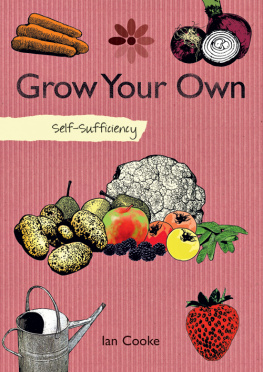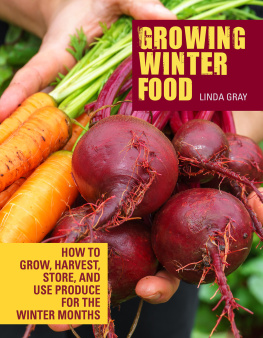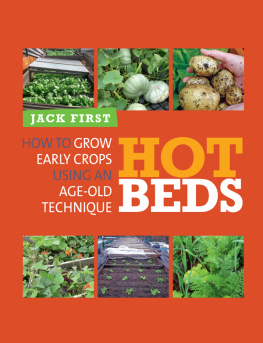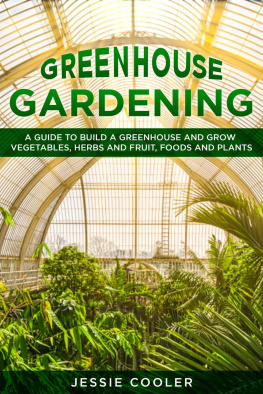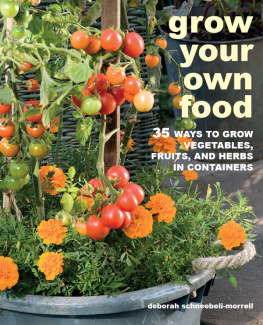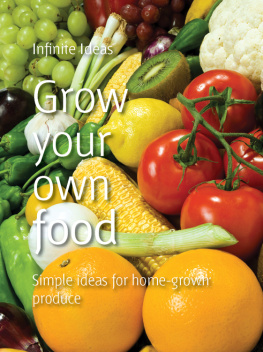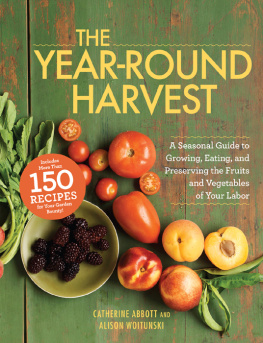
www.newhollandpublishers.com

This edition published in 2011
Printed edition first published in 2011 by New Holland Publishers (UK) Ltd
London Cape Town Sydney Auckland
www.newhollandpublishers.com
Garfield House
8688 Edgware Road
London W2 2EA
United Kingdom
80 McKenzie Street, Cape Town 8001, South Africa
Unit 1, 66 Gibbes Street, Chatswood, NSW 2067, Australia
218 Lake Road, Northcote, Auckland, New Zealand
Text copyright 2011 Ian Cooke
Artworks copyright 2011 New Holland Publishers (UK) Ltd
Copyright 2011 New Holland Publishers (UK) Ltd
Ian Cooke has asserted his moral right to be identified as the author of this work.
All rights reserved. No part of this publication may be reproduced, stored in a retrieval system, or transmitted in any form or by any means, electronic, mechanical, photocopying, recording or otherwise, without the prior written permission of the publishers and copyright holders.
A catalogue record for this book is available from the British Library.
ISBN 978 184773 774 8 (Print)
ISBN 978 178009 192 1 (ePub)
ISBN 978 78009 193 8 (Pdf)
Senior Editor: Lisa John
Designer: Peter Crump
Production: Laurence Poos
Illustrations: Michael Stones
Publisher: Clare Sayer
CONTENTS

Whether youre sure you want to grow your own fruit and vegetables and need some basic advice or youre still debating whether this is a valid exercise, this book will be helpful in advising and guiding on the basics of successfully growing most of the common fruits and vegetables.
To be truly self-sufficient for fruit and vegetables, you would need to be able to produce enough for consumption 365 days of the year. For most people this is unlikely to be feasible. Many people, however, may wish to become self-sufficient for some aspect of their food production, maybe basic vegetables for the year, salads for the summer or just soft fruits.
Growing fruit and vegetables is not difficult providing you observe some basic techniques and carry out the different tasks at the right time. It does require commitment, however, particularly during the summer months, when weeds are growing rapidly and your vegetables and crops require harvesting almost daily. It can be time-consuming and its not easy to take a break without your crops spoiling. It is better, therefore, to aim low initially, starting with a small plot and seeing how successful this is before you take on a full allotment.

There are many advantages to growing your own fruit and vegetables. Initially, whatever you grow can be harvested, prepared, cooked, if appropriate, and on your table within an hour or so. When you grow your own produce you can also harvest at the ideal stage, so you can have small tender young broad beans, finger-sized courgettes, and French beans as thin as pencils. And, of course, taste goes hand-in-hand with freshness. Such freshness and flavour can rarely be replicated from shop-purchased produce. Also, apart from the health benefits of increasing the amount of fruit and vegetables in your diet, the actual process of regularly tending a plot is good exercise.
When you grow your own, you can also choose the varieties that you wish to eat. Although you will want a good crop, I would suggest that in your own plot flavour should be a high priority. You can also choose to grow varieties of vegetable that arent commercially widely available. For example, golden beet is an easily grown variation of beetroot that makes a delicious vegetable but is rarely offered in the shops. French beans are available as tasty golden or curious purple types. There is also an increasing interest in heritage or heirloom varieties, as they are sometimes called. Old varieties of tomato and potato can have both a fascinating appearance and distinctive flavours.
Produce that has been picked from your own garden will also not have been contaminated with any pesticides or additives if you have chosen not to use these. Although a lot of crops are now grown organically, many are not and will have been treated with pesticides, and subject to post-harvest treatments to prevent decay during the sales period. When you grow produce yourself, you know exactly what has been used. If you want to avoid using pesticides, you will need to follow various alternative ways of combating pests and diseases (see ). In particular you can choose varieties that have inbred resistance.
So, is it financially viable? Initially there will be some expenditure on tools and basic equipment, plus there will be the annual costs of seeds, manures and fertilisers. A good investment always results in good yields, so buy quality seed and ensure that the soil is properly fertilised to start with. In most cases you will harvest crops valued far in excess of the costs of your initial seeds and fertilisers.
Now youve decided to give it a go, you can get started. The first three sections of this book will guide you through the basics of planning, soils, fertilisers, cultivation, pests and diseases that are common ground for most production. The following three chapters look in detail at vegetable and fruit crops and using a greenhouse. If you are impatient to get going, however, the Quickstart Guide on may be just what you need.


There is no time like the present is a familiar challenge but the best time to start with fruit and vegetables is late winter or early spring; enough time to plant fruit trees and bushes and get soil cultivation complete and ready for spring sowing. Garden centres offer plenty of seeds and plants and you will soon see the results of your work.
Quickstart guide
Maybe you are so keen to get started that you havent got time to read the whole book before getting going. Well this is the page for you! Here are some suggestions for how you can immediately start with a few fastgrowing and rewarding crops. References are to pages containing more detailed information on each point.
Dig over the soil you want to use, removing all weeds (see ).
Tread lightly to firm the ground, rake it and apply a general fertiliser at 60g/m2 (see ).
In early spring, sow seeds of lettuce, spring onions and leaf radish (see ).
Follow in late spring with French beans (see ).
Sow seeds thinly in rows 30 cm (12 in) apart (see ).
Plant a few seed potatoes in a little soil in a deep pot or plastic drum and top up with soil as growth develops (see )
In early summer look for plants of tomatoes, courgettes and sweetcorn in your local garden centre and plant at about 45 cm (18 in) apart (see ).

Next page
